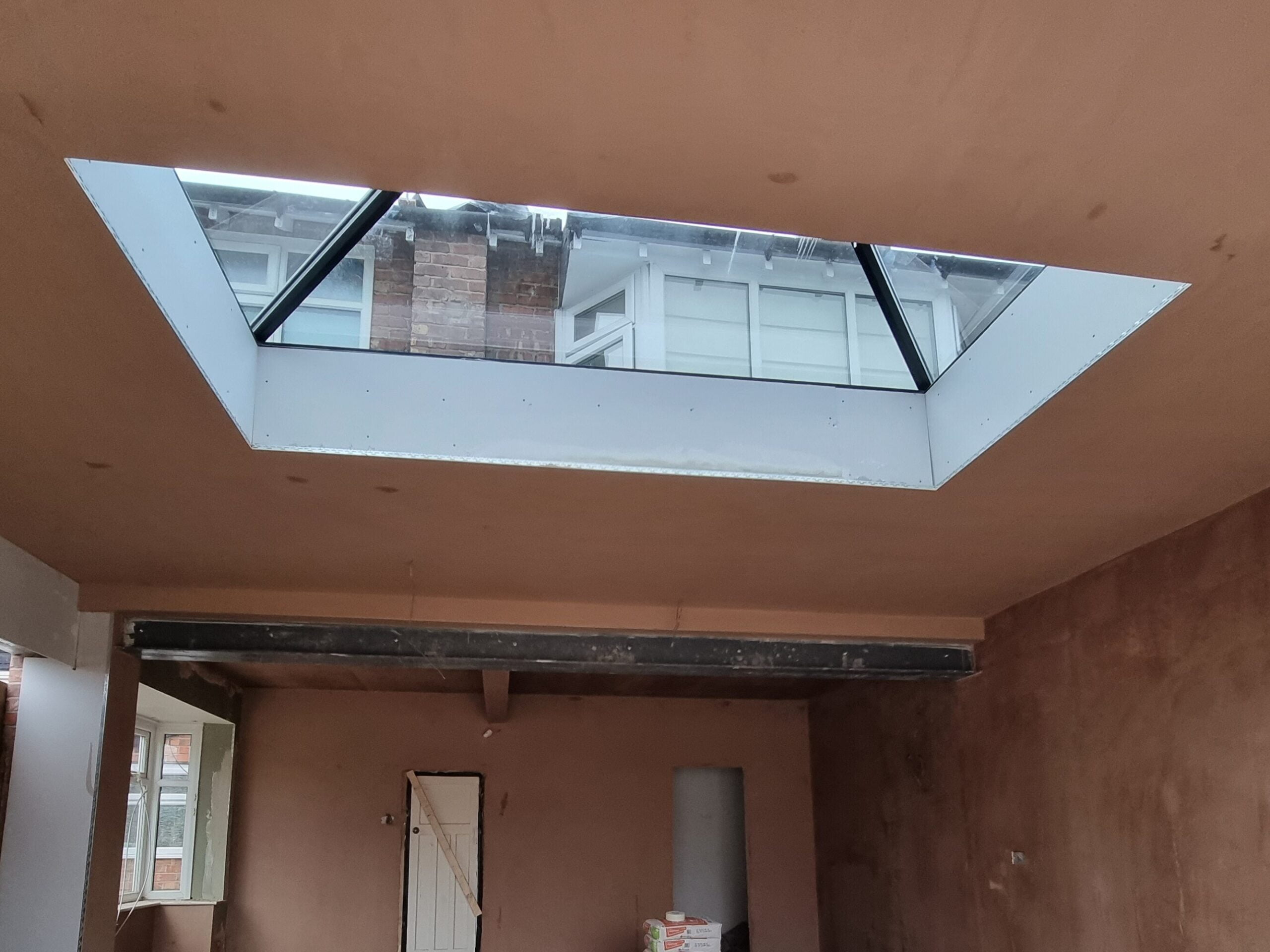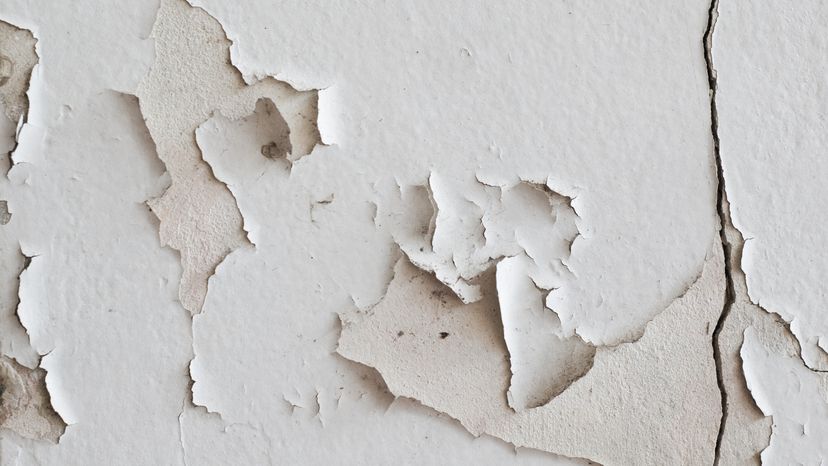Usual Errors to Prevent When Tackling a Plastering Task
Usual Errors to Prevent When Tackling a Plastering Task
Blog Article
Key Tips and Devices for Effective Plastering in Your Home Improvement Undertakings
Achieving a perfect plaster finish in your home enhancement jobs needs a mix of the right devices and proven methods. Recognizing the subtleties of mixing plaster and using it in thin layers can significantly influence the last outcome.
Vital Smudging Tools
The important devices incorporate a selection of carries out developed to help with the gluing process successfully and effectively. Trick elements include a hawk, which is a level, square tool utilized to hold the plaster while using it to surfaces.

Additionally, a blending bucket is required for preparing plaster, guaranteeing the appropriate uniformity prior to application. A gluing brush or sponge serves for smoothing and finishing touches out textures. Last but not least, security equipment such as masks and gloves ought to be included to shield the individual from dust and chemicals. With each other, these important plastering tools allow both professionals and do it yourself lovers to achieve high-quality results in their gluing tasks.
Surface Prep Work Strategies
Correctly preparing the surface area before plastering is important for ensuring bond and accomplishing a remarkable surface. The primary step involves cleaning the surface to get rid of any dirt, oil, or old paint that may hinder the plaster's capacity to bond efficiently. A complete wash with an appropriate cleaning solution is suggested, adhered to by rinsing and allowing the surface to dry completely.
Next, examine the surface area for any kind of flaws or splits. These ought to be full of a suitable filler compound and permitted to heal according to the supplier's guidelines. For porous surfaces, using a guide is necessary to develop an uniform structure and boost attachment.
In addition, it is important to ensure that the surface area is secure and structurally audio. Any kind of loosened materials, such as flaking paint or harmed drywall, need to be repaired or removed. Consider making use of a scrape coat to improve grip. if functioning with stonework surfaces.
Mixing Plaster Like a Pro

Using a clean blending container, put the water first, after that slowly include the plaster powder while stirring constantly. This approach aids to stop clumping and guarantees an even circulation of materials.
When blended, permit the plaster to relax for a couple of minutes to allow the plaster crystals to moisten fully. This relaxing period enhances workability and reduces the threat of splitting during application. By adhering to these steps, you can mix plaster like a pro, setting the structure for an effective gluing project in your home renovation endeavors.
Application Approaches for Smooth Finishes
With the plaster combination prepared to the optimal uniformity, the following step includes choosing ideal application methods to achieve a smooth finish. This device enables for a fine, also circulation of plaster look at these guys across the surface while lessening trowel marks.
Begin by using a charitable amount of plaster to the surface using the trowel, ensuring it sticks well. Employ a systematic strategy, working from the bottom upward. Once the first coat is applied, utilize a sweeping motion to smooth the surface, applying even stress. In areas that require even more precise interest, consider using a float, which can assist remove any blemishes and create an uniform texture.
For the final touches, a wet sponge can be used to fine-tune the surface area additionally. Gently haze the plaster with water and carefully massage the surface area to accomplish a sleek impact. Constantly remember to operate in little sections to preserve control over the application procedure, guaranteeing a smooth, professional finish throughout your plastering task.
Typical Blunders to Stay Clear Of
When beginning on a plastering project, preventing common blunders is essential for attaining a remarkable surface. Guarantee that all dirt, oil, and loosened products are eliminated before using plaster.
One more common error is applying plaster also heavily. Thick layers can break as they dry out, jeopardizing the honesty of the surface. Instead, go with multiple thin layers, enabling each coat to dry totally before using the following.
Additionally, poor blending methods can lead to inconsistent structure and workability. Constantly adhere to the supplier's instructions for blending ratios and completely blend the plaster to accomplish an uniform uniformity.

Timing additionally plays an important role; plaster needs to be used while the substratum perspires to enhance bond. Finally, you can try here prevent utilizing incorrect devices. High-grade trowels and floats can make a significant distinction in accomplishing a smooth finish. By avoiding these common challenges, you can boost the high quality and durability of your plastering job, resulting in an extra specialist lead to your home improvement endeavors.
Final Thought
Effective plastering calls for a complete understanding of vital devices and methods. Mastery of these aspects not only adds to the aesthetic appeal of a room however likewise ensures sturdiness and long life in gluing projects, making them integral to effective home renovation ventures.
A float is another crucial device, which helps in leveling the plaster and attaining an uniform surface area.

By adhering to these steps, you can blend plaster like a professional, setting the structure for an effective gluing project in your home improvement endeavors.
Lightly mist the plaster with water and gently scrub the surface to achieve a sleek impact.
Report this page